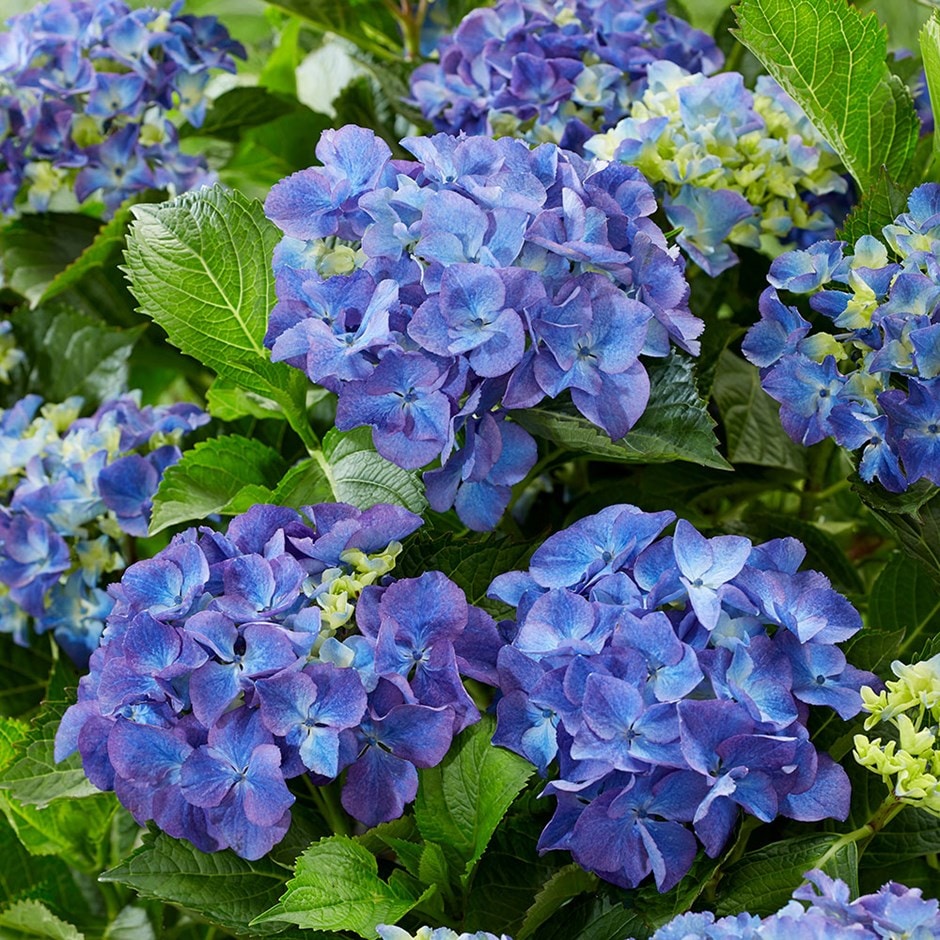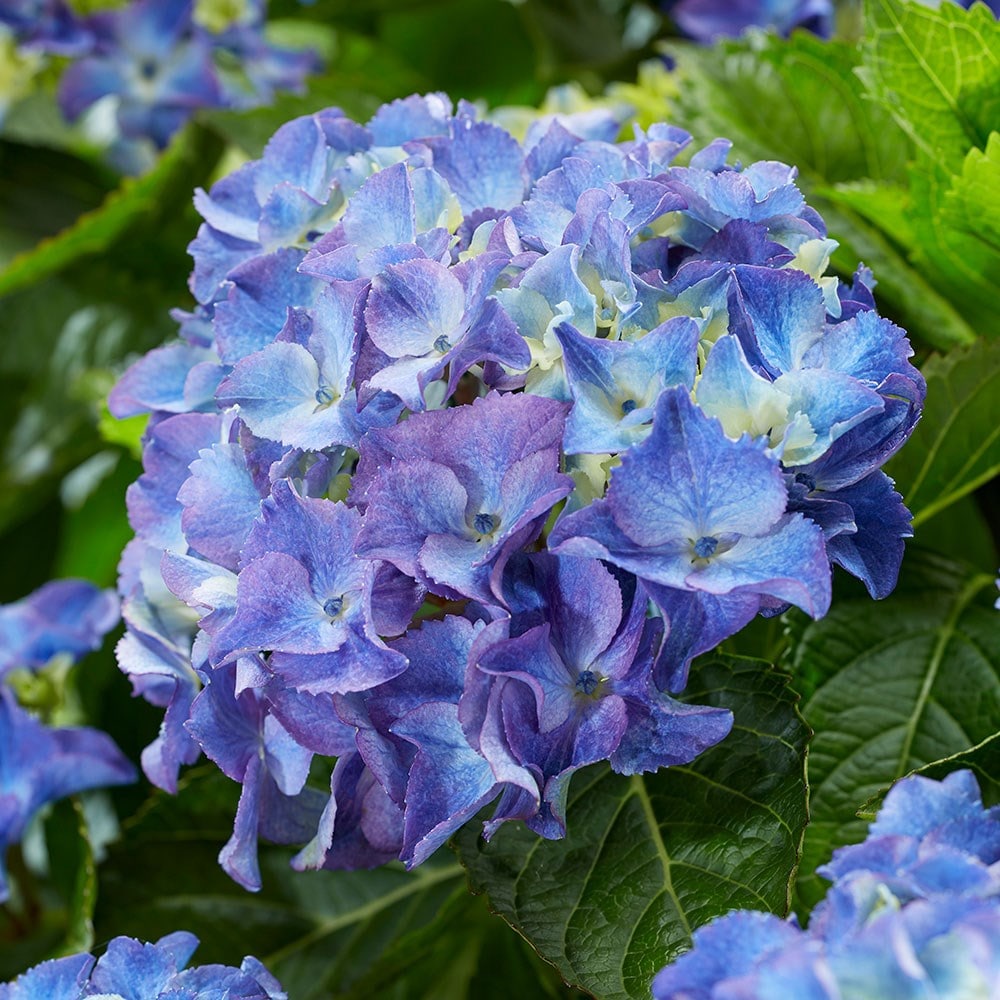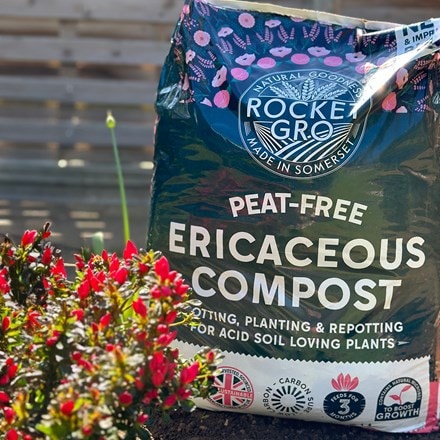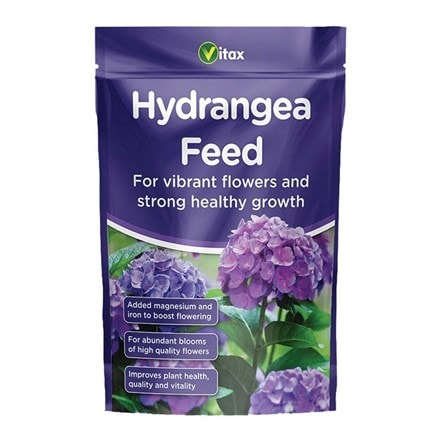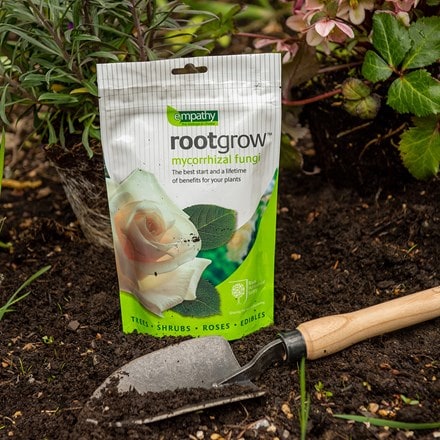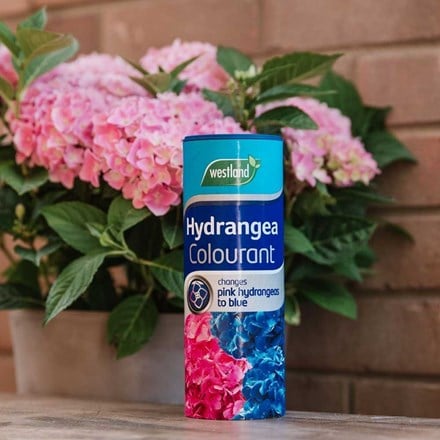Hydrangea macrophylla 'Blue'
mophead hydrangea
- 2 litre pot
- £15.99 £19.99
- In stock (shipped within 2-3 working days)
Delivery options
- Standard £5.99
- Position: full sun or partial shade
- Soil: moderately fertile, moist but well-drained soil, or loam-based general purpose compost for containers
- Rate of growth: average
- Flowering period: June to September
- Hardiness: fully hardy
Wonderfully satisfying, slightly toothed deep-green foliage emerges from chunky, pointed leafy buds as the hydrangea awakens from its winter slumber. In summer, from pale lime green flower buds, bold, blue blooms colour up to give a lovely mid-to-late summer show. These deciduous shrubs look great either planted in pots or as a specimen plant in a border.
Hydrangea macrophylla give their best blue flowers on acidic soils with a pH of 5.5. When grown on neutral soil or arriving in our mildly acidic mix, the flowers will predominantly be pink, although you may also get blue or mauve blooms. If you want to make sure that your hydrangea has blue-toned flowers, you will need to make sure your pH does not creep above 6.5. To lower the pH on neutral soil, you can treat it annually with a hydrangea flower colourant containing aluminium salts.
Please note that the pot in the photograph is not supplied with the plant (which is sent out in a simple nursery alternative), but we have a wide and wonderful range on our website to choose from.
Hydrangea macrophylla give their best blue flowers on acidic soils with a pH of 5.5. When grown on neutral soil or arriving in our mildly acidic mix, the flowers will predominantly be pink, although you may also get blue or mauve blooms. If you want to make sure that your hydrangea has blue-toned flowers, you will need to make sure your pH does not creep above 6.5. To lower the pH on neutral soil, you can treat it annually with a hydrangea flower colourant containing aluminium salts.
Please note that the pot in the photograph is not supplied with the plant (which is sent out in a simple nursery alternative), but we have a wide and wonderful range on our website to choose from.
Hydrangea thrives in moist, well-drained soil enriched with organic matter, making it important to improve the soil before planting by adding well-rotted compost or manure.
Choose a spot with partial shade, as full sun can scorch the leaves, especially in warmer climates, while deep shade may reduce flowering.
Regular watering is essential, particularly during dry spells, as these plants dislike drying out. To keep the soil cool and retain moisture, apply a layer of mulch around the base in spring, being careful not to let it touch the stems.
Pruning should be done with care. In early spring, remove any dead or damaged wood, but leave the old flowerheads on over winter to protect the buds below from frost.
For mophead and lacecap species, only prune back to the first pair of strong buds beneath the old flowers, as these types bloom on old wood. If necessary, remove one or two older stems down to the base to encourage new growth, but avoid cutting back the entire plant.
Fertilise in spring with a balanced feed, and for cultivars with colour-dependent blooms, test the soil pH. Adding hydrangea colourant (iron and aluminium salts) can enhance blue flowers in acidic soil, while lime can encourage pinker tones in alkaline conditions. It is best to choose according to the predominant soil conditions for best results on colour.
Choose a spot with partial shade, as full sun can scorch the leaves, especially in warmer climates, while deep shade may reduce flowering.
Regular watering is essential, particularly during dry spells, as these plants dislike drying out. To keep the soil cool and retain moisture, apply a layer of mulch around the base in spring, being careful not to let it touch the stems.
Pruning should be done with care. In early spring, remove any dead or damaged wood, but leave the old flowerheads on over winter to protect the buds below from frost.
For mophead and lacecap species, only prune back to the first pair of strong buds beneath the old flowers, as these types bloom on old wood. If necessary, remove one or two older stems down to the base to encourage new growth, but avoid cutting back the entire plant.
Fertilise in spring with a balanced feed, and for cultivars with colour-dependent blooms, test the soil pH. Adding hydrangea colourant (iron and aluminium salts) can enhance blue flowers in acidic soil, while lime can encourage pinker tones in alkaline conditions. It is best to choose according to the predominant soil conditions for best results on colour.
- Humans: Skin allergen; Pets: Harmful if eaten
